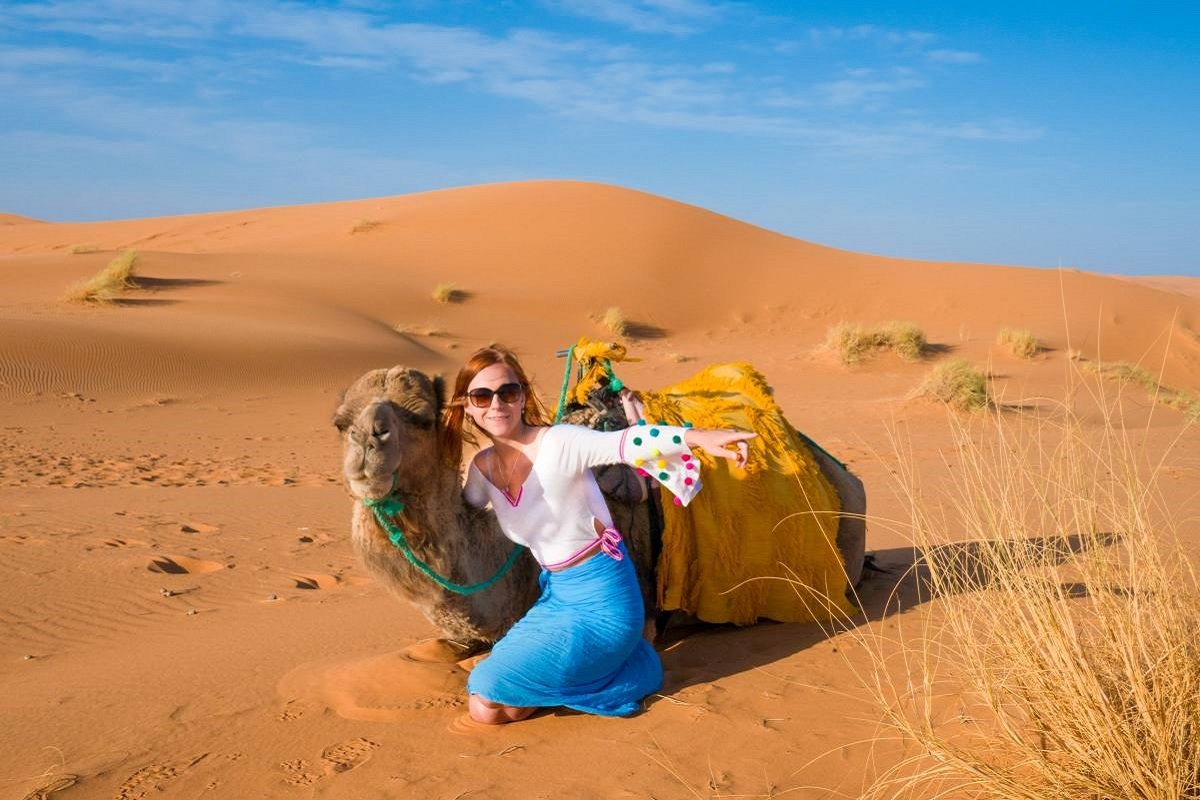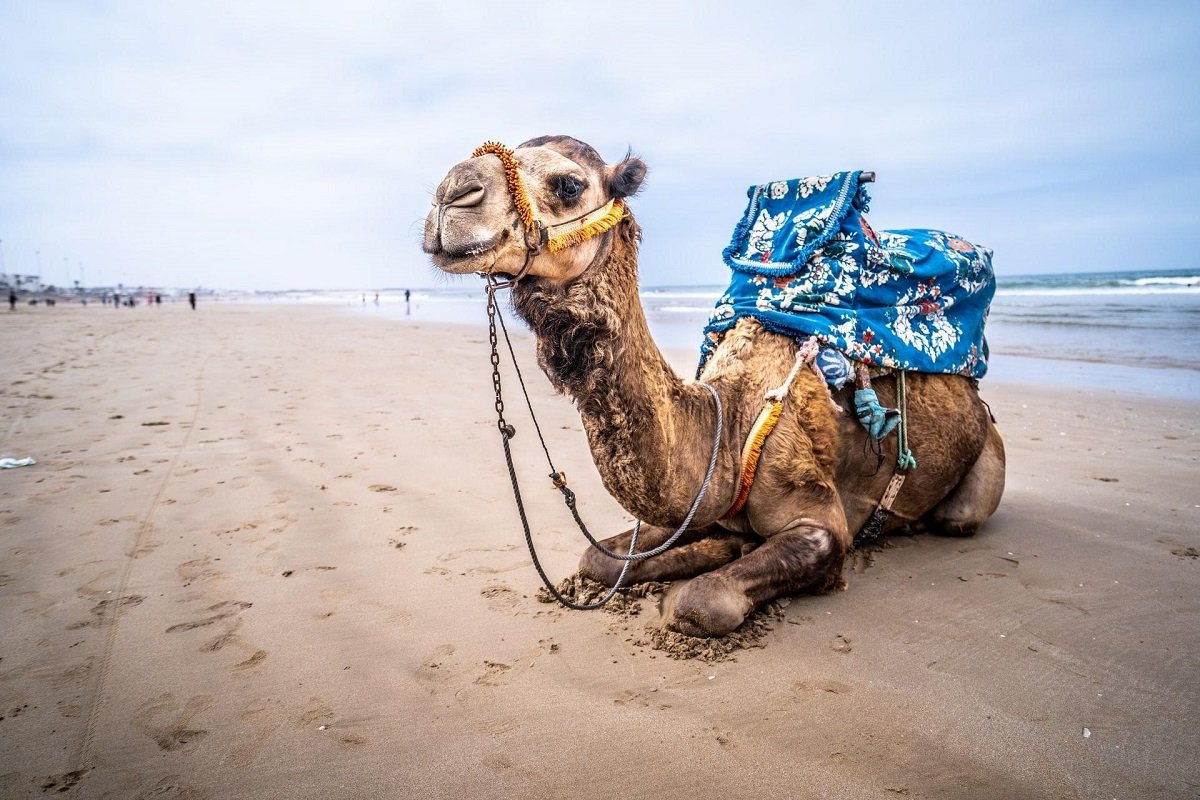When you really want to appreciate nature, solid structures are more of a hindrance than a blessing. Arriving at a game viewing venue in Zambia, you’ll find all around you in the splendor of nature with easy-to-open structures made of porous canvas and native materials – tall trees of the wilderness, open house at camp for browsers, and even the odd Puku. Whether you are in your tent, reed bungalow or thatched cottage, you are part of the warp and weft of the wilderness.
The sounds of birds, the rustling of the grass, the distant roar of a hunting lion, filter into your sense of hearing and you experience the sweetness of nature’s breath. In an easy-going setting, open common rooms and airy enclosures allow you to gather with your safari buddies for informal conversations… have fire dreams under the stars… and hearty meals to set you up for a contented slumber for super vigilance for game-watching excursions.
Explorer’s Africa will always be in fashion but Welcome Tourism Services believes luxury is also in fashion to a reasonable extent.
Zambia is often described as the ‘true Africa’ and it’s easy to see why. The country is famous for its huge protected wilderness areas, and South Luangwa National Park is home to arguably the most diverse range of game in Africa. Birds are also in great abundance.
With Africa’s wildlife habitats rapidly disappearing, Zambia remains the least disturbed and commercialized country, and is still blessed with lush vegetation, plentiful water, and a determined commitment to preserving the African wilderness spanning 19 National Parks and 33 game management areas.
A safari in Zambia offers a legendary wildlife experience on open vehicle game drives, pristine bush walking safaris or canoe safaris in the Zambezi.
Some of the world’s most knowledgeable wildlife experts run safari operations in Zambia. This, along with strong training standards for guides, rangers and scouts, provides wildlife enthusiasts with an in-depth and fun exploration of the African bush. The warm welcome of Zambian people and culture adds an additional dimension to an unforgettable experience.
Welcome Tourism Services believes that Zambia, like Botswana, is best suited for tailor made tours and safaris. Although we have highlighted some itineraries and special interest opportunities, there are many safaris, accommodation options and activities available. Our expert consultants will tailor the ideal Zambian adventure based on the client’s interests, budget and timeframes to ensure that each safari epitomizes the spirit of Africa.
It covers 750 000 square meters. km Zambia is located on a plateau at an average altitude of 1 300 meters above sea level. Despite being located in the tropical belt of South Central Africa, Zambia’s elevation gives it a temperate climate. There are three seasons: warm and rainy between December and April; cool and dry from May to August; From September to November it is hot and dry. The rainy season (especially October) is noticeably humid in the Zambezi and Luangwa Valleys.
Zambia declared its independence in 1964. Kenneth Kaunda and the Commonwealth became a republic. In 1972 the country was declared a one-party state, but reverted to multi-party politics in December 1990.
The basis of Zambia’s economy is copper and cobalt mining, which together provide more than 90% of the country’s foreign currency earnings. Extensive efforts are being made to diversify its economic base as agriculture, manufacturing and international tourism become increasingly important, and the country remains one of the most prosperous in Africa.
Beginning life as a simple railroad stop in 1905, Lusaka has been the capital of Zambia since 1935 and today one of the fastest growing cities in Central Africa. Of particular interest are the stunning Munda Wanga Botanical Gardens and the adjoining zoo, the Anglican Cathedral of the Holy Cross, the Zambian Gem and Polishing Works (which produces fine jewelry from precious and semiprecious stones), and the bustling Luburma Market.
Before 1935 Livingstone was the capital of the region then called Northern Rhodesia and is located about 10 km from the magnificent Victoria Falls on the Zambezi River. The Livingstone Museum is the country’s national museum tracing human history in Zambia, and explorer/missionary Dr. David Livingstone. The Victoria Falls Field Museum stands at an archaeological site and displays stone tools from around 2.5 million years ago.
The Railway Museum traces the history of rail transport in Zambia and has a collection of locomotives and wagons dating back to the early 1900s. The Maramba Cultural Village, just outside of Livingstone, provides an interesting glimpse into Zambian culture, and the Hukini Village, on the way to Victoria Falls, offers interesting displays of crafts and carvings. Mosi-oa-Tunya National Park is home to some of Zambia’s remaining rhinos. A wide variety of adventure activities are available at all Livingstone-based hotels and hostels, including whitewater rafting, kayaking, canoeing, microlighting and river cruises.
It covers an area of 22 500 square meters. km, Kafue National Park is bordered by the blue-green Kafue River and stretches from the vast Busanga Plains in the north to the miombo forests of Nanzhila in the south. The park, as it has for centuries, provides a great variety of landscapes and habitats, making it one of Africa’s most interesting and rewarding parks.
An abundance of prey can be seen regularly, which includes the elephant, lion, leopard, cheetah, hyena, buffalo, roan, sable and a wide variety of other antelopes, and the birdlife is extensive and rich in diversity. A short distance down Lake Kariba is the Zambezi Valley, surrounded by a rugged hillside and a veritable wildlife zoo. Attracting the lush floodplains, lush woodlands and perpetual waters, elephants, buffalo and antelopes move in large herds. Provides lion, leopard and hyena checks and balances. A river full of fish and a land of habitat diversity has resulted in an astonishing range of bird species. Canoe safaris have become a popular way to explore the Lower Zambezi, allowing visitors to get up close to the wildlife in its natural environment.
Just three hours’ drive from Lusaka is the World Heritage Wetlands site of Lochinvar National Park. While not abundant in larger mammals, Lochinvar has outstanding bird watching opportunities with over 428 recorded species. The park is located at the southern end of the Kafue Flats and is particularly known for its large herds of Kafue Lechwe, Blue Wildebeest, zebra, buffalo, Greater Kudu, bushbuck, oribi, hippo, reedbuck, waterbuck, and elusive Sitatunga. to present.
The Luangwa Valley stretches across eastern Zambia. Surrounded by steep cliffs and supported by the dynamic Luangwa River, the valley is home to the North and South Luangwa National Parks. With a combined access of 20 000 square meters. km, two parks encompass a wilderness filled with abundance and diversity, where the relentless drama of survival plays out to a small, privileged audience.
The valley is home to more than 50 species of mammals, predators are common, buffalo and abundant elephants and hippopotamuses drown the river in hundreds of mighty bays. Over 400 bird species have been recorded and seasonal migrants enrich this bird lovers paradise where storks and pelicans indulge in rebellious ‘fishing parties’, Karmin Bee-eaters make thousands of nests, Crown Cranes fill the sky with flocks and vultures and 38 other predatory species.








